Yellowstone National Park, WY, June 2025
This was attempt number two to get decent pictures. The day was still sunny, so the light was decent for pictures on the water. At this point, John realized that the “One-Point Auto-Focus” was not one point. He changed up some of the configurations to turn animal tracking on and off, so he could try focusing with and without animal tracking.
On the drive out, we were discussing the distinct lack of goslings and ducklings in the park. We stopped in Hayden Valley at a low point in the road with a little stone bridge that had swallows flying around and ducks reasonably close to the road. John started taking pictures of the Lesser Scaup Ducks, and Kate used the spotting scope on a few Bison in the distance.
The left image is barely acceptable focus and the right image is not acceptable. From the full image, it is hard to tell. If you look at the zoomed in image, you can see that the eye and the beak of the male duck (white and black one) in the left picture is fairly crisp. It is not in the right picture. The pictures were taken back to back fractions of a second apart with the camera on a tripod with a very fast shutter speed. The wind was moving the lens a little, but with close subjects, fast exposure, and good image stabilization, it should have minimal impact. The auto-focus seems to be hunting for focus, even when the subject is already in focus.
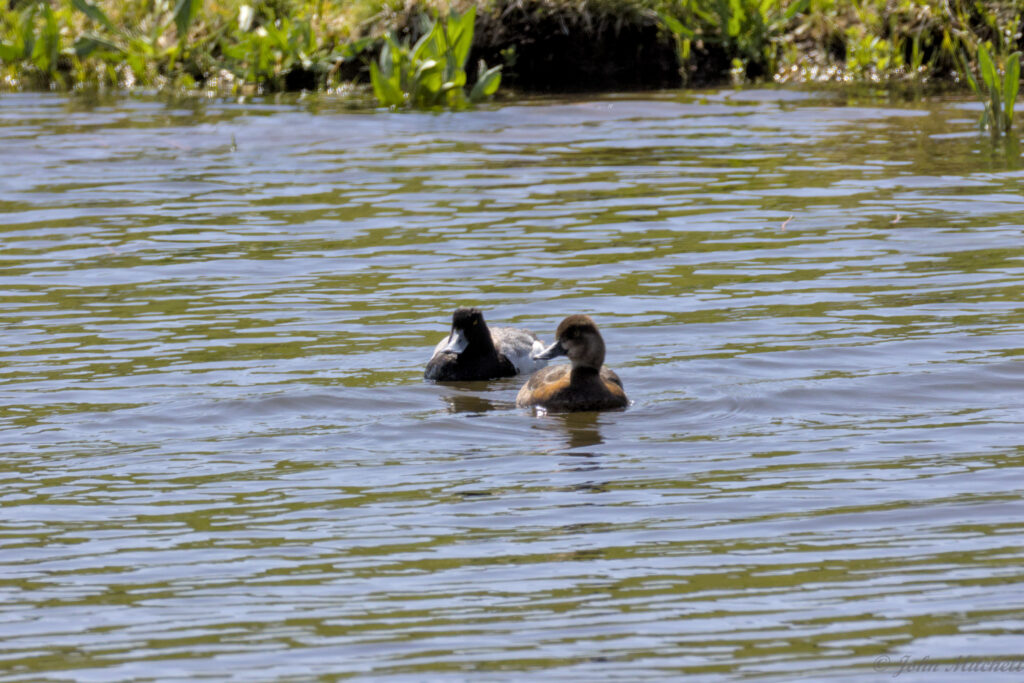
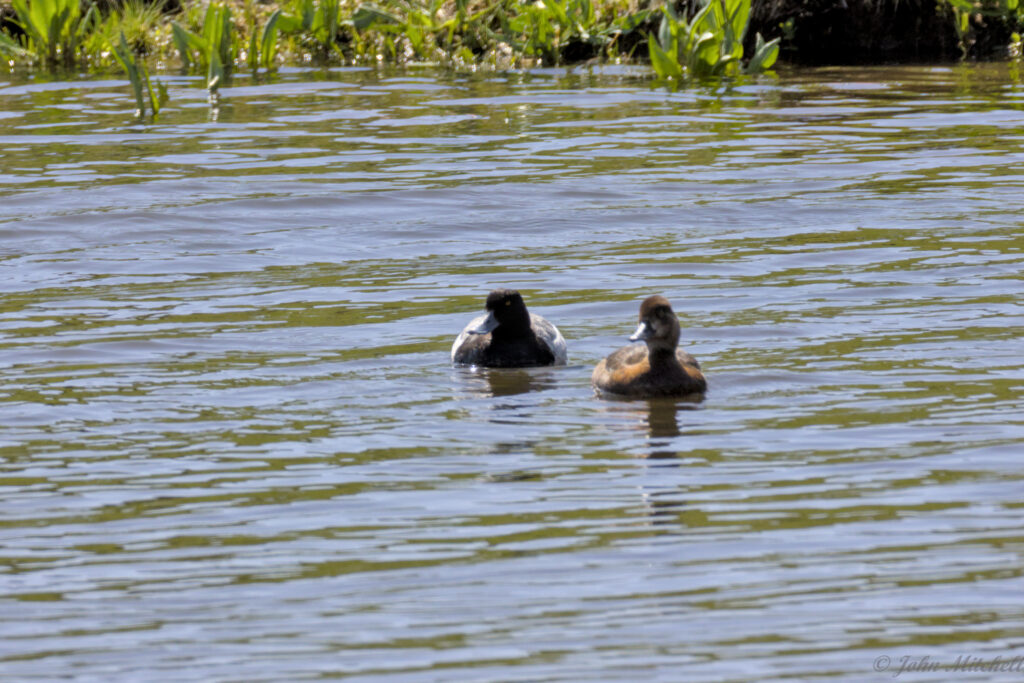
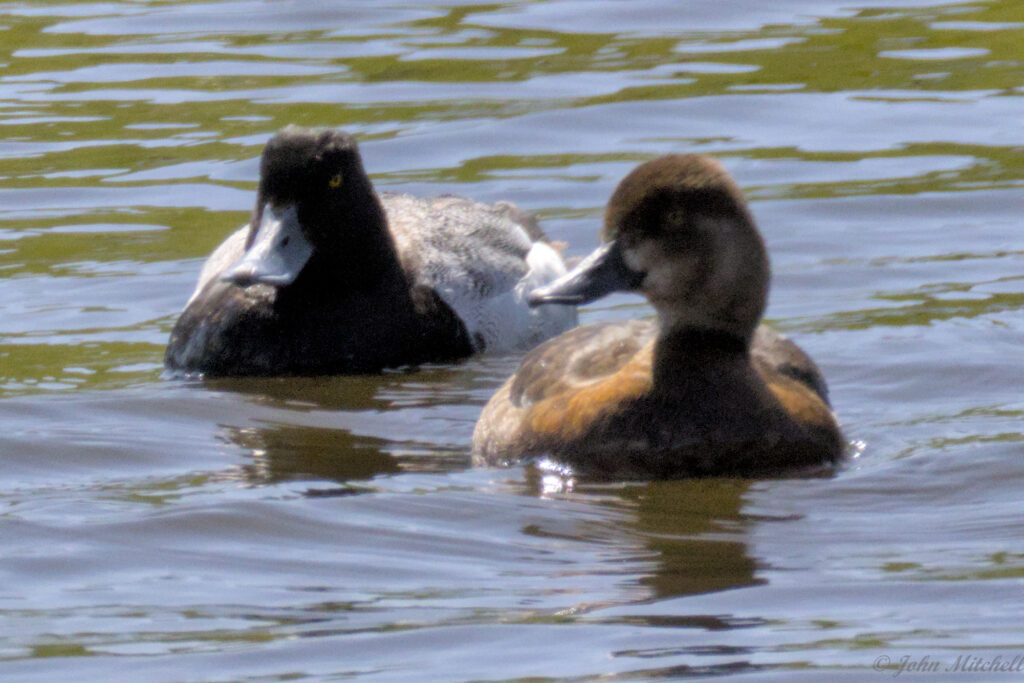
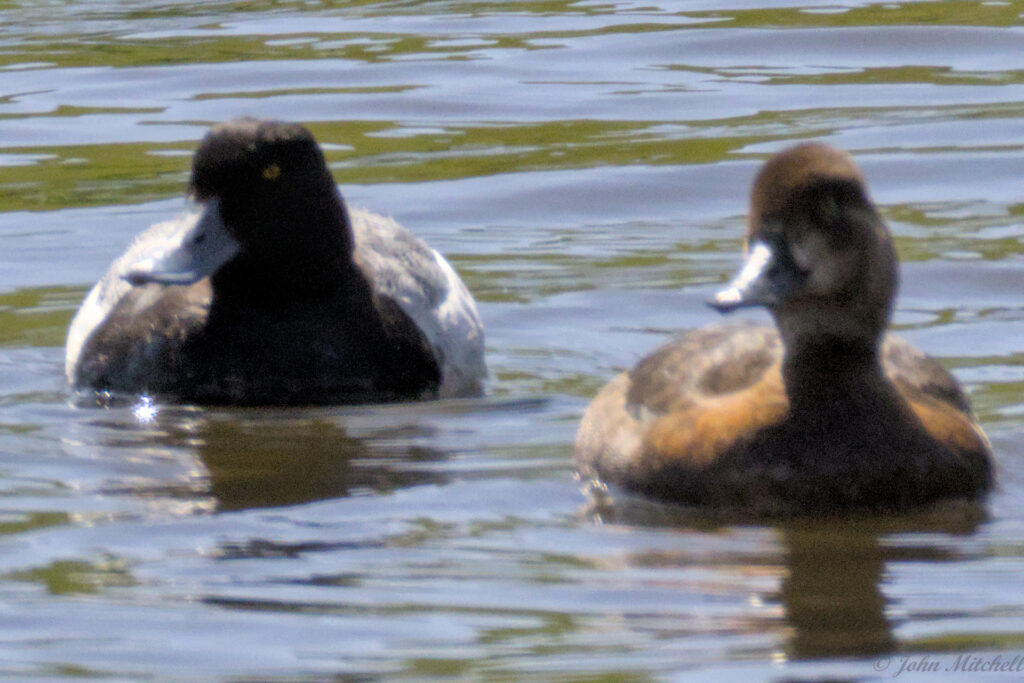
Here is another example from about a minute later, but this is less pronounced than the first case. The left is barely acceptable focus; the right is unacceptable.
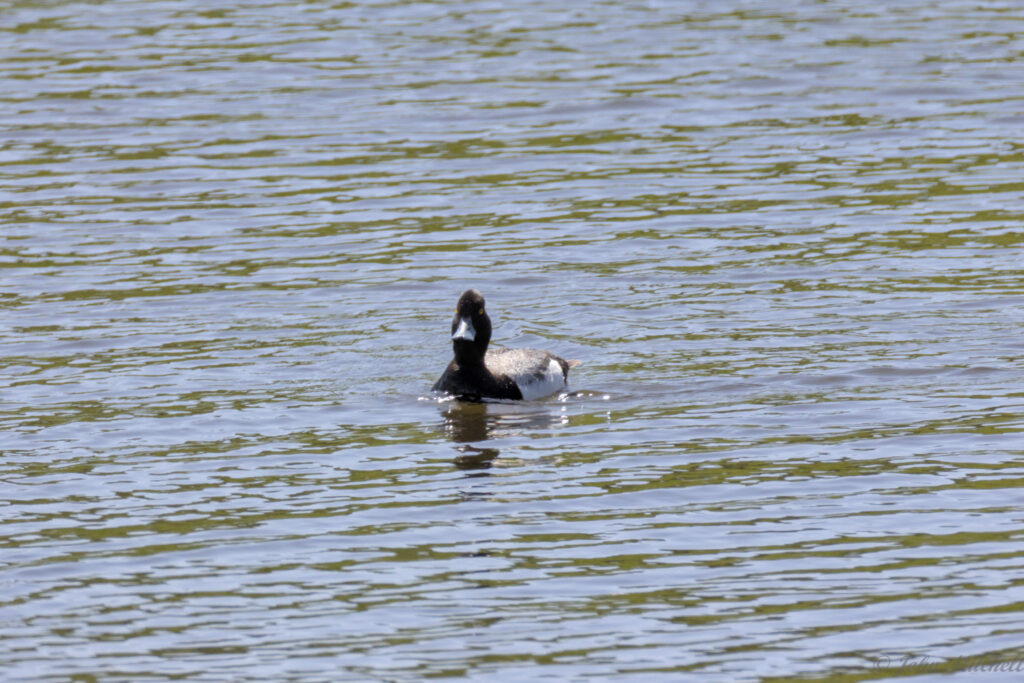
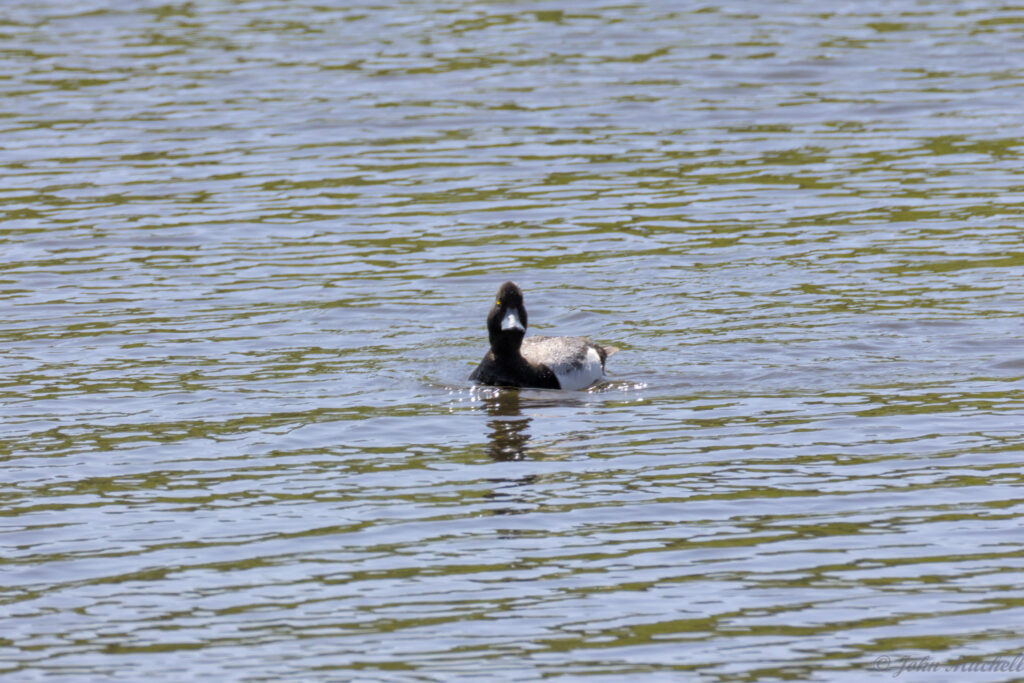
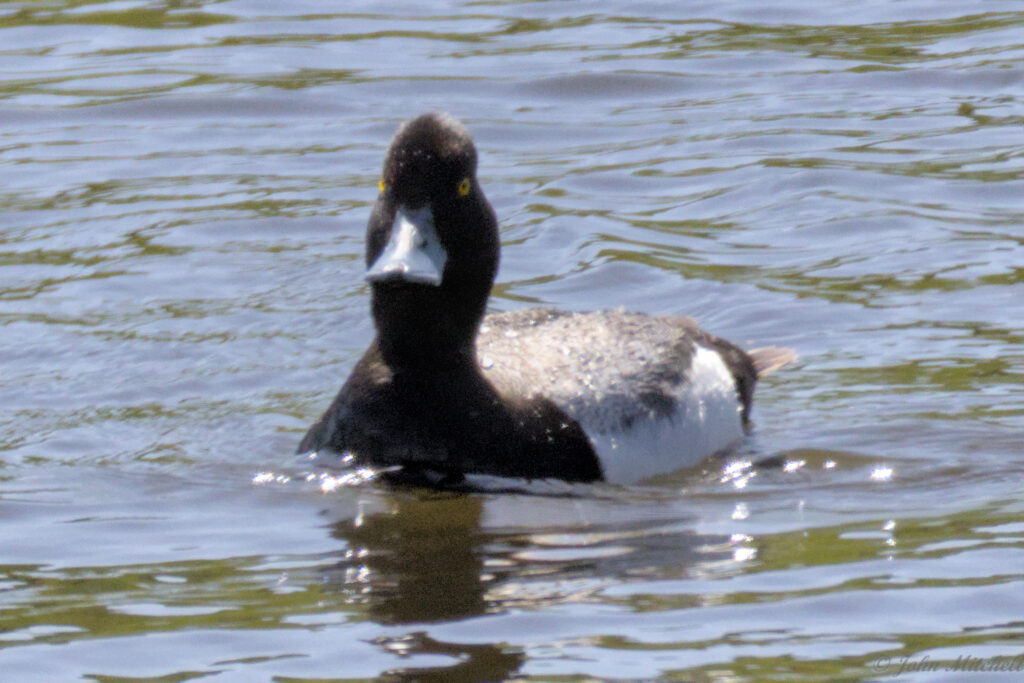
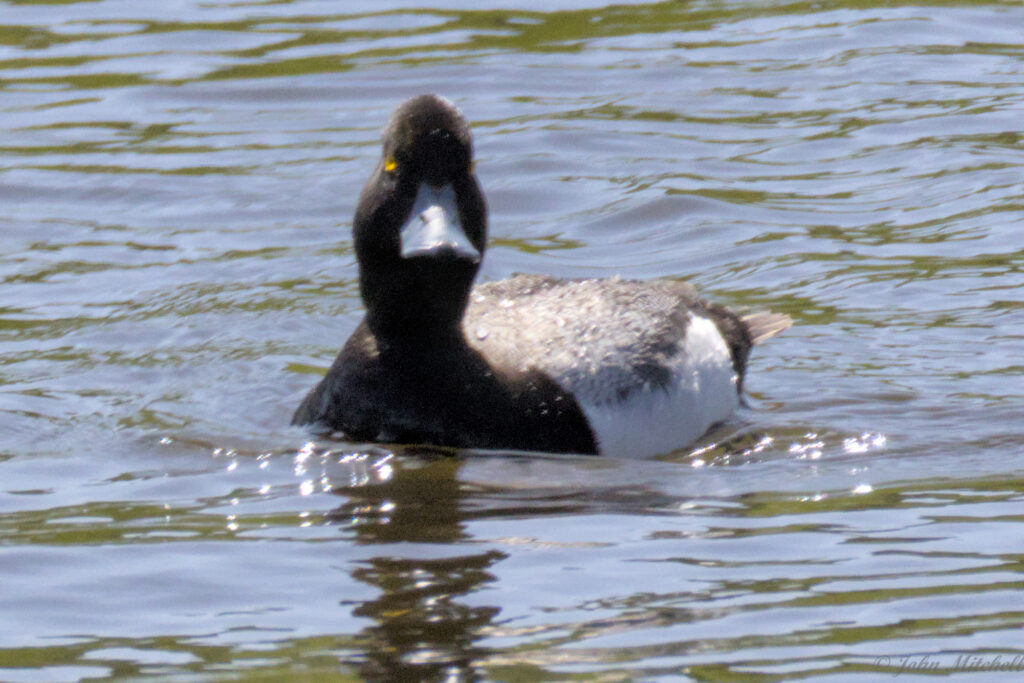
A Mallard Duck couple showed up fairly close, so John tried to photograph them. The light was bright, and they were very close. It should be nearly impossible for the focus to fail. (You can guess where this is going.) None of the 6 pictures were acceptably focused. The eye of the male mallard is slightly out of focus in every picture.
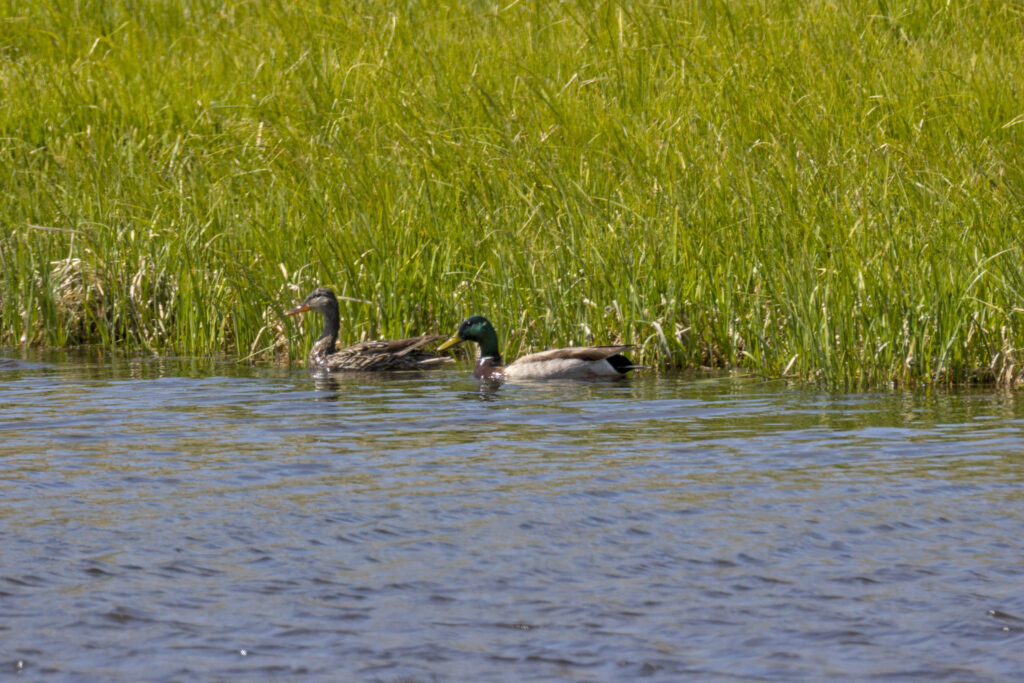
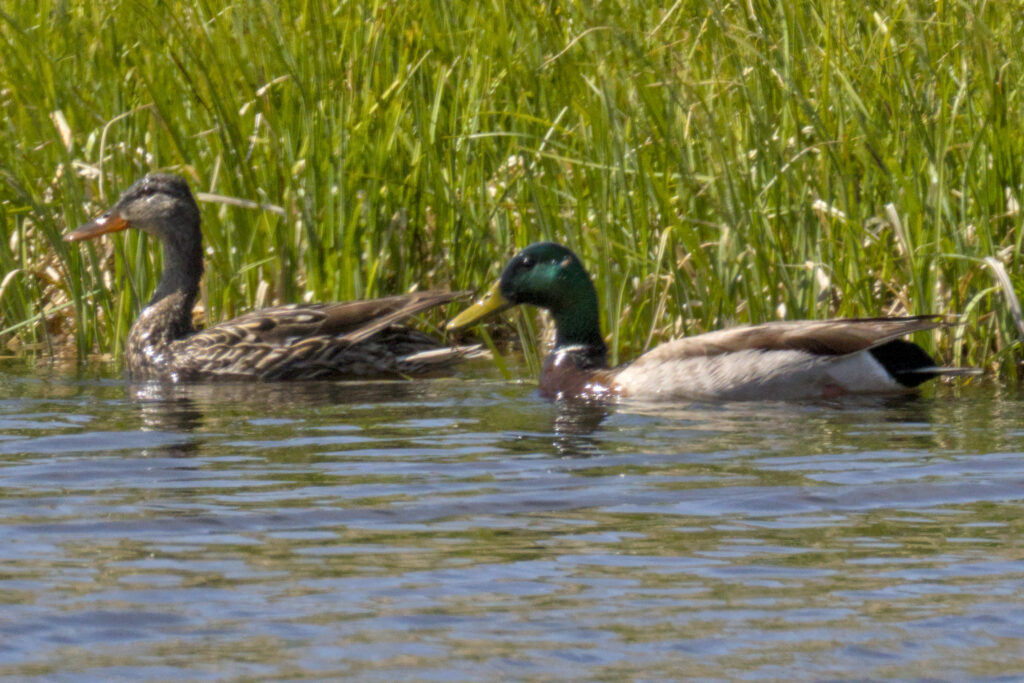
A few minutes later, a female Green-winged Teal Duck with a hoard of ducklings emerged from the reeds. John called Kate over from looking at the Bison and started taking photos and videos. Only one photo out of about 50 photos had crisp focus. Maybe 4 or 5 had acceptable focus. The rest were enough out of focus to be unacceptable. As before, focused on left and out of focus on right. Look at the beak of the two; that is the clearest indication of the focus.
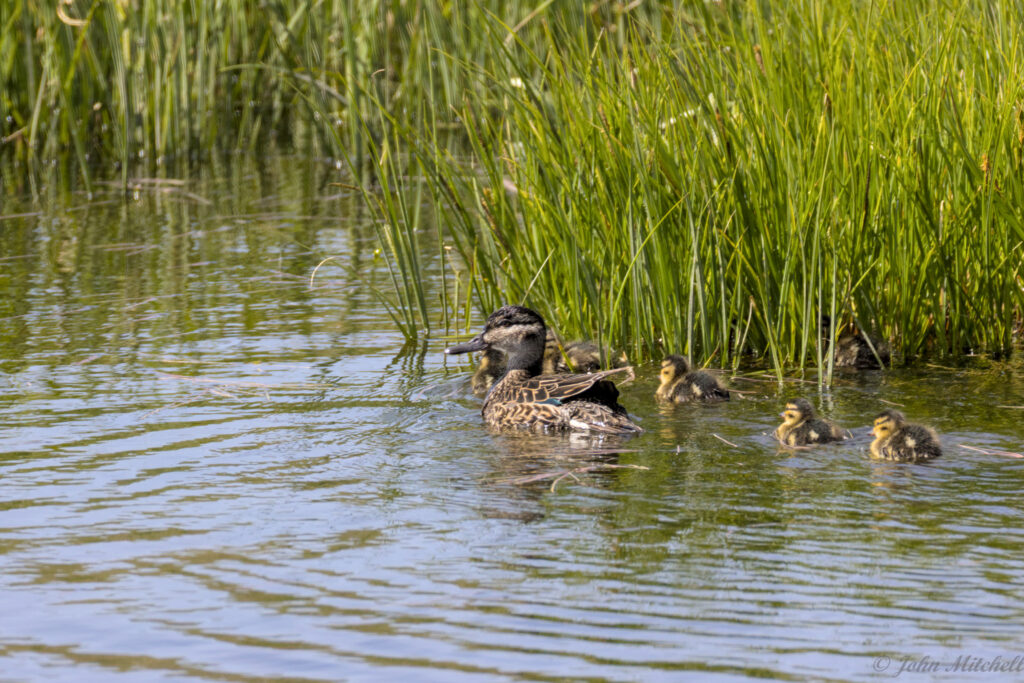
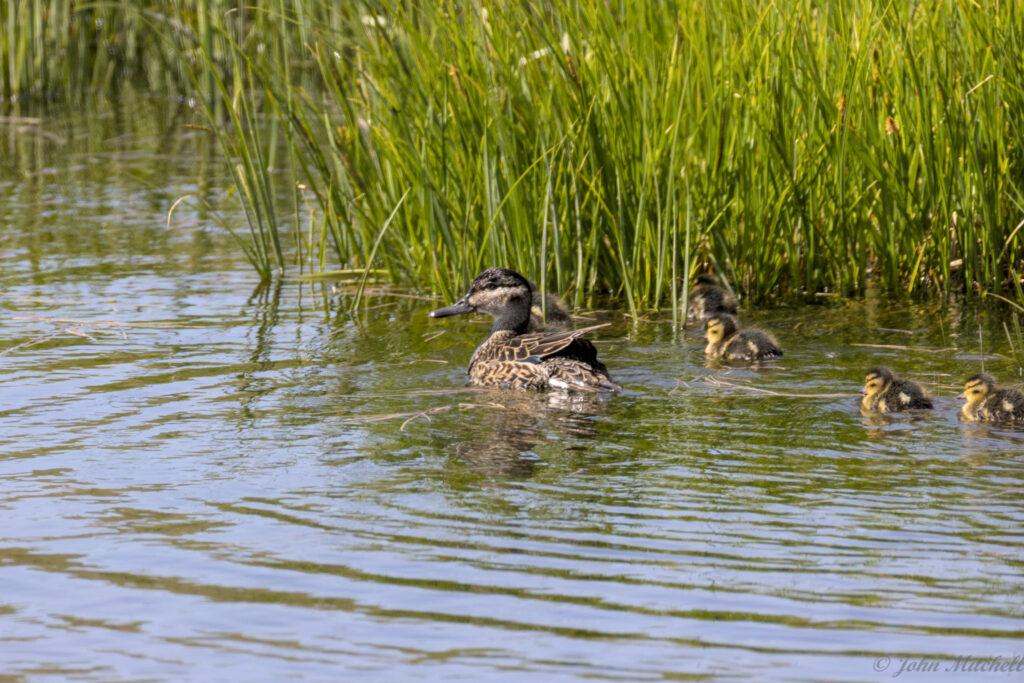
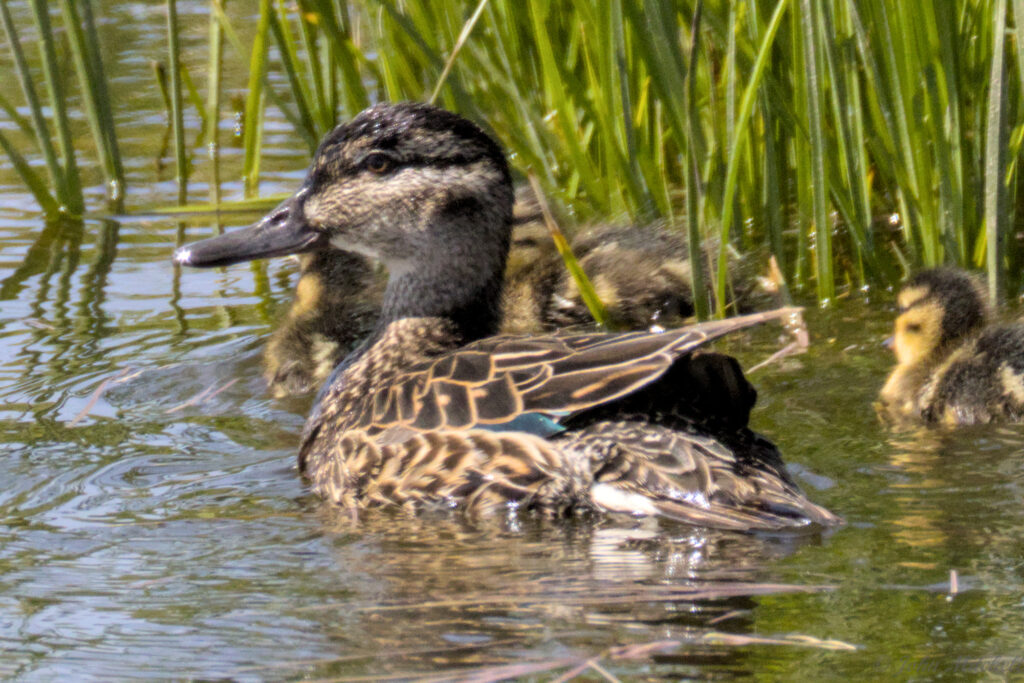
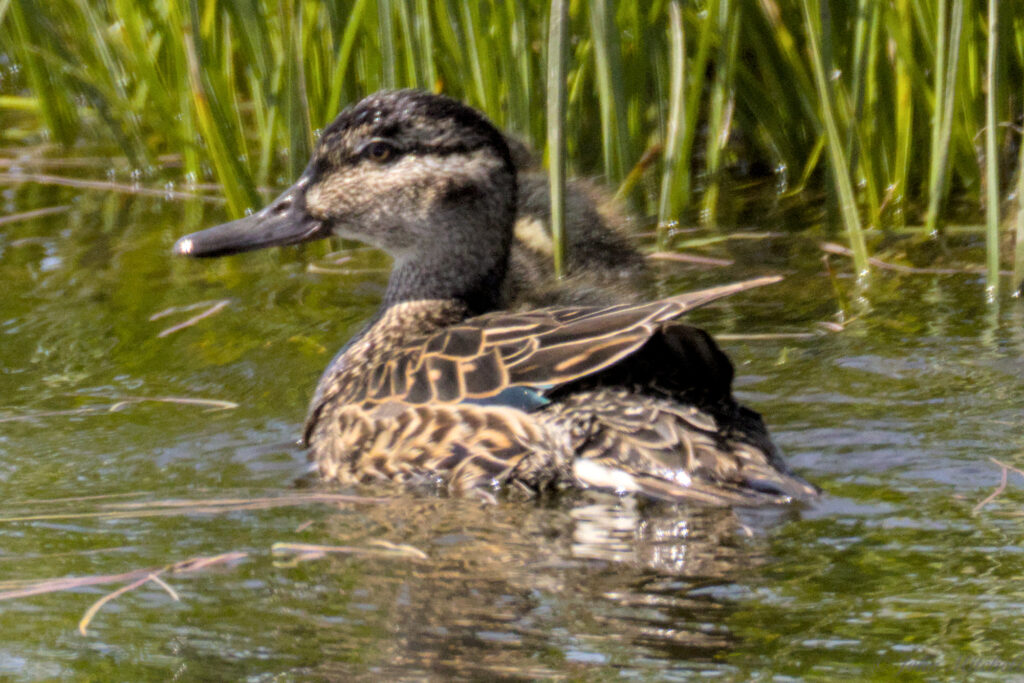
My expectations are not completely unreasonable; I understand why this next picture is out of focus. It would be difficult to auto-focus on a moving object through reeds with the T7i camera too.
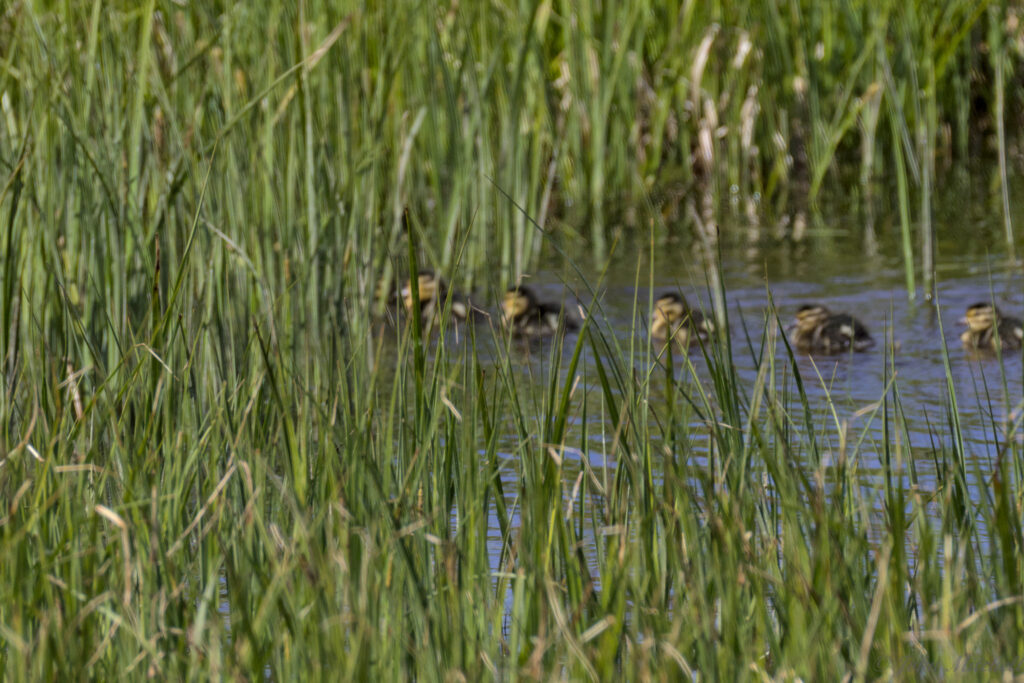
The mother and ducklings went into the reeds, so John photographed another male Scaup. The focus on the back and head seems reasonable in this photo.
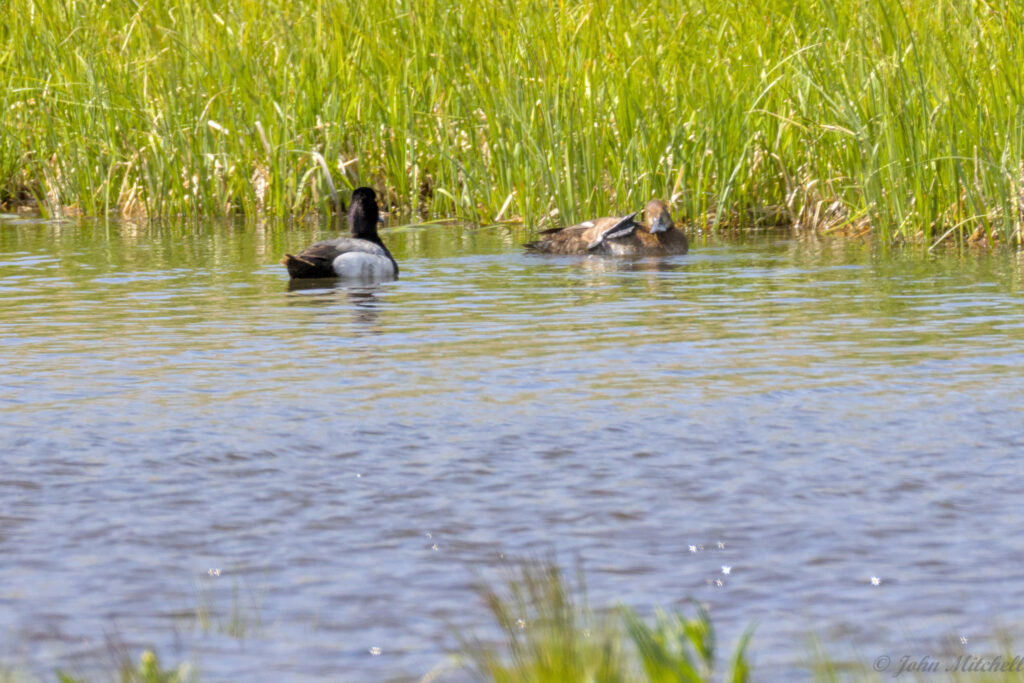
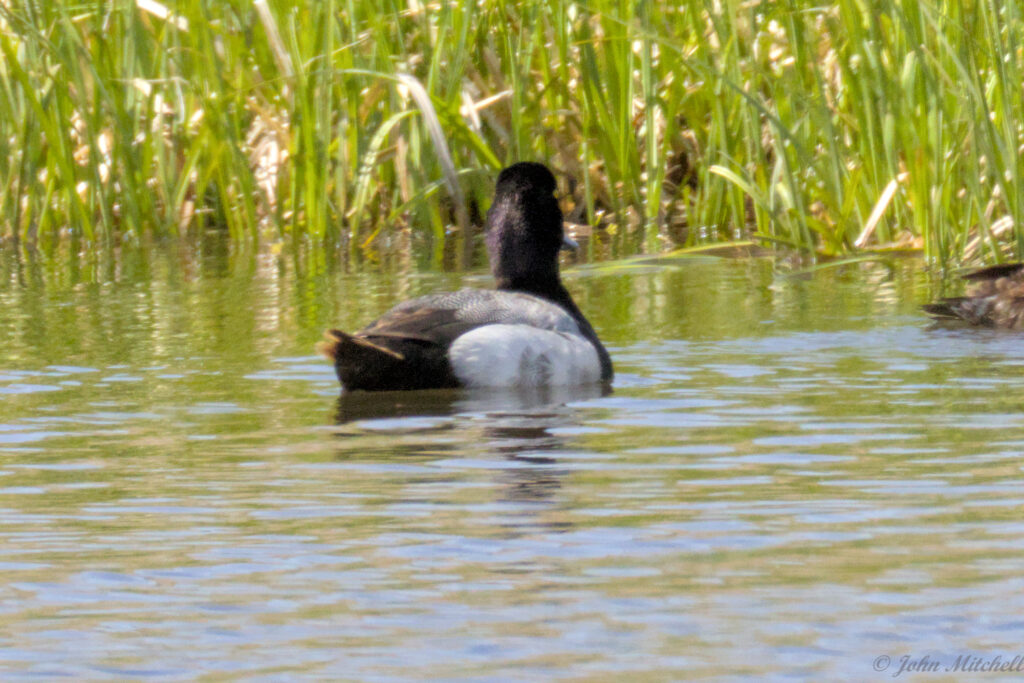
Next, a muskrat came swimming by from the direction of the bridge tunnel. He vanished off to the right into the reeds and came back dragging a reed. Being only 20 feet away, he should be in perfect focus. (This is called foreshadowing.) None of the pictures were crisp around the eye. John is not sure what was happening here. Was the camera focusing on the whisker as the nearest point? The reed looks like it might be better focused than the eye.
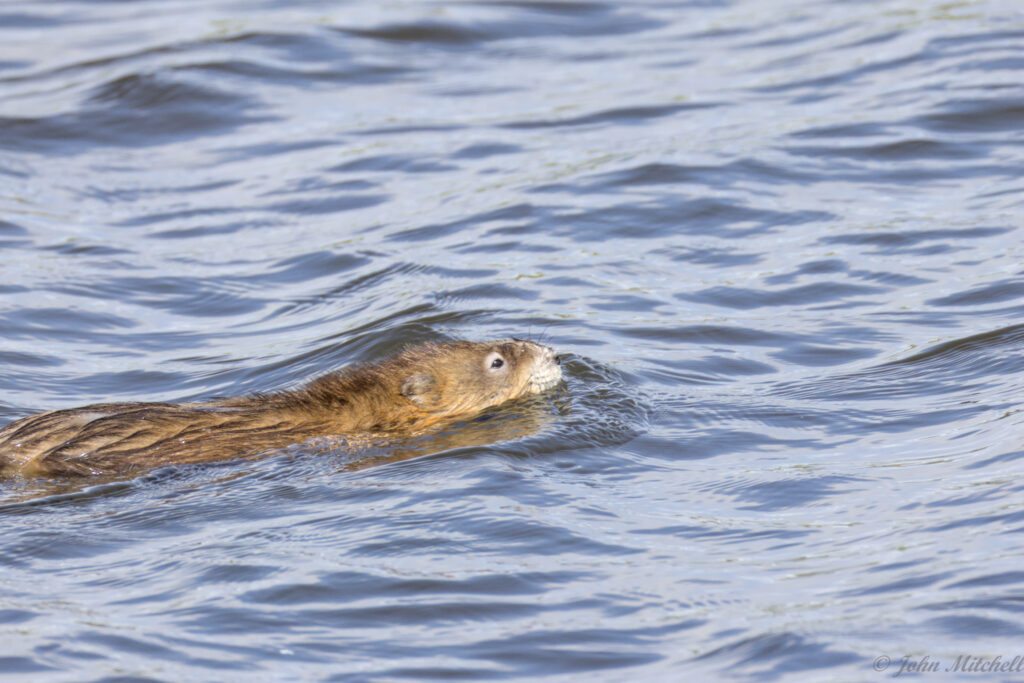
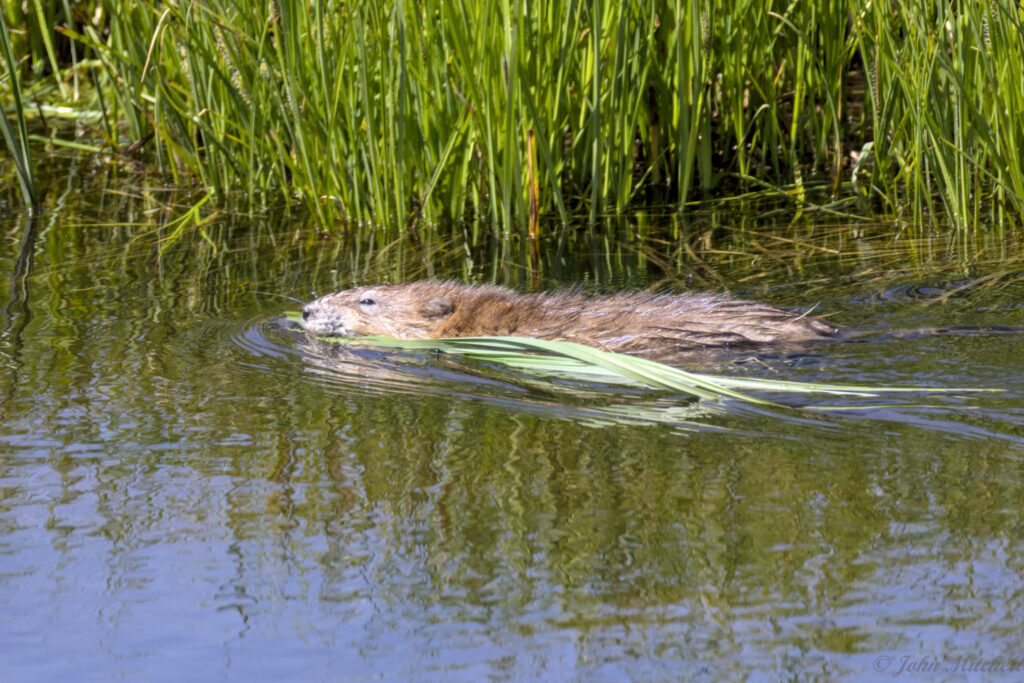
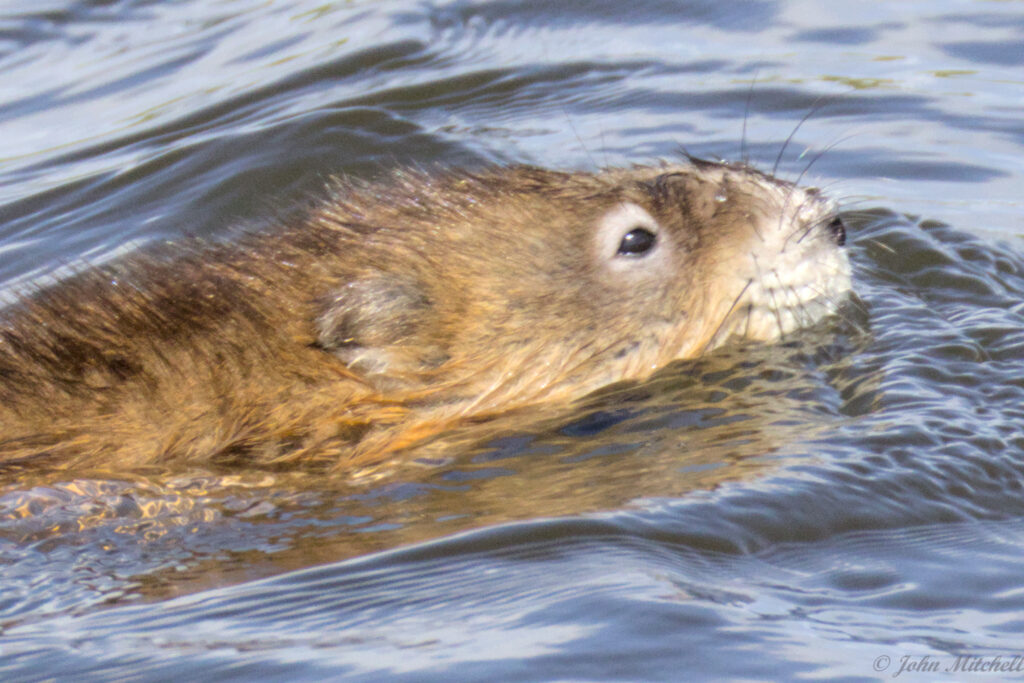

After the muskrat left, we watched and photographed the mother duck heading back to the right and into the reeds. None of the photos has crisp focus.
The Mallard couple showed up again, and this time there were back to back acceptably and not acceptably focused pictures.
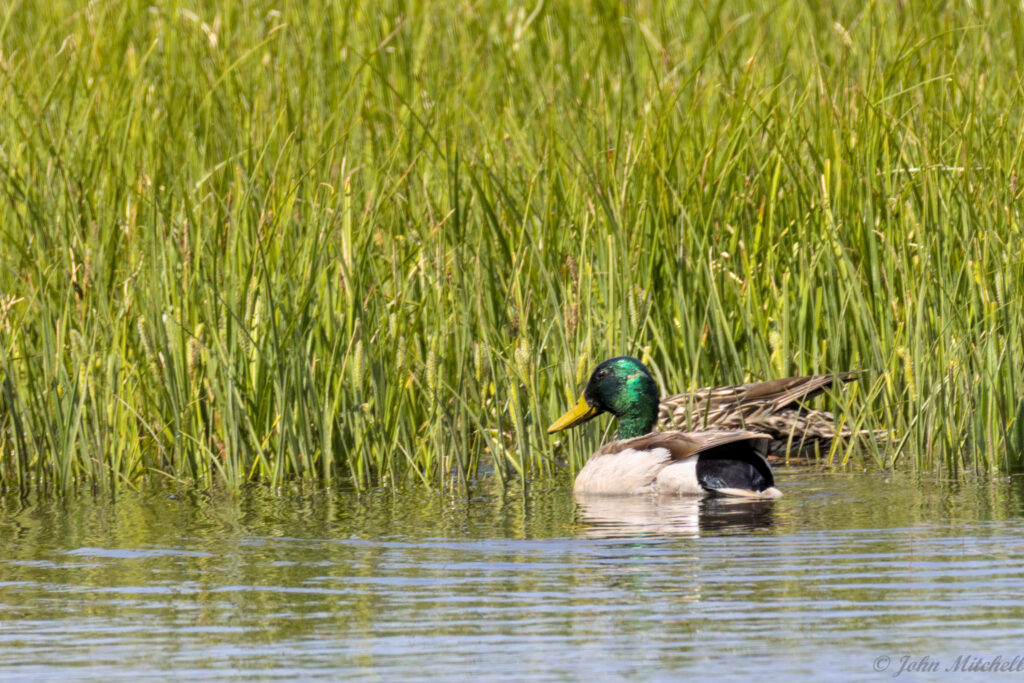
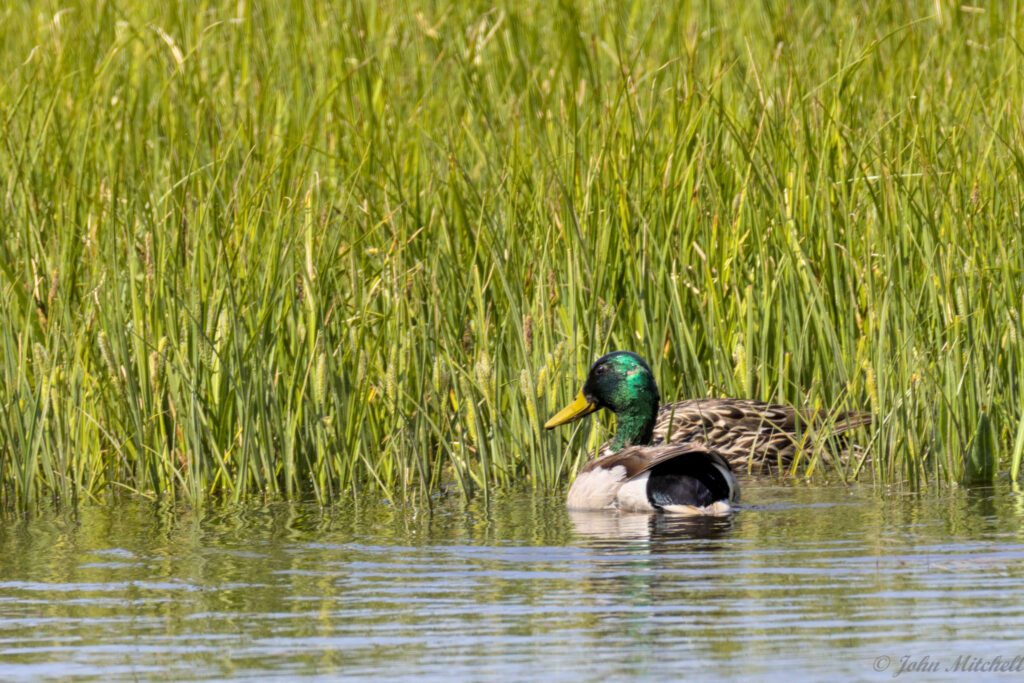
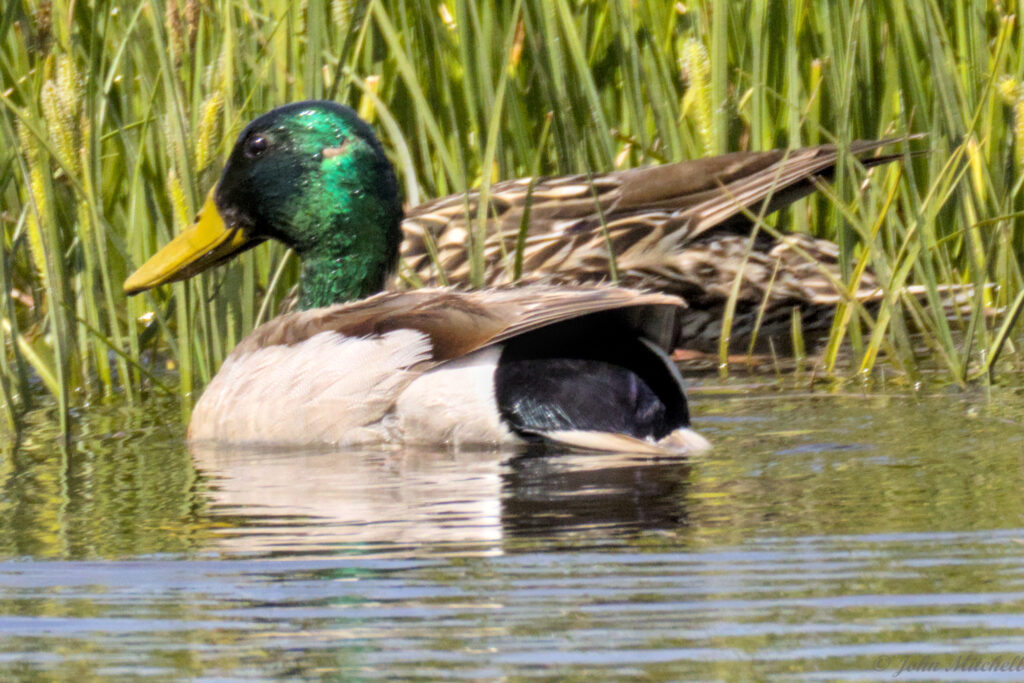
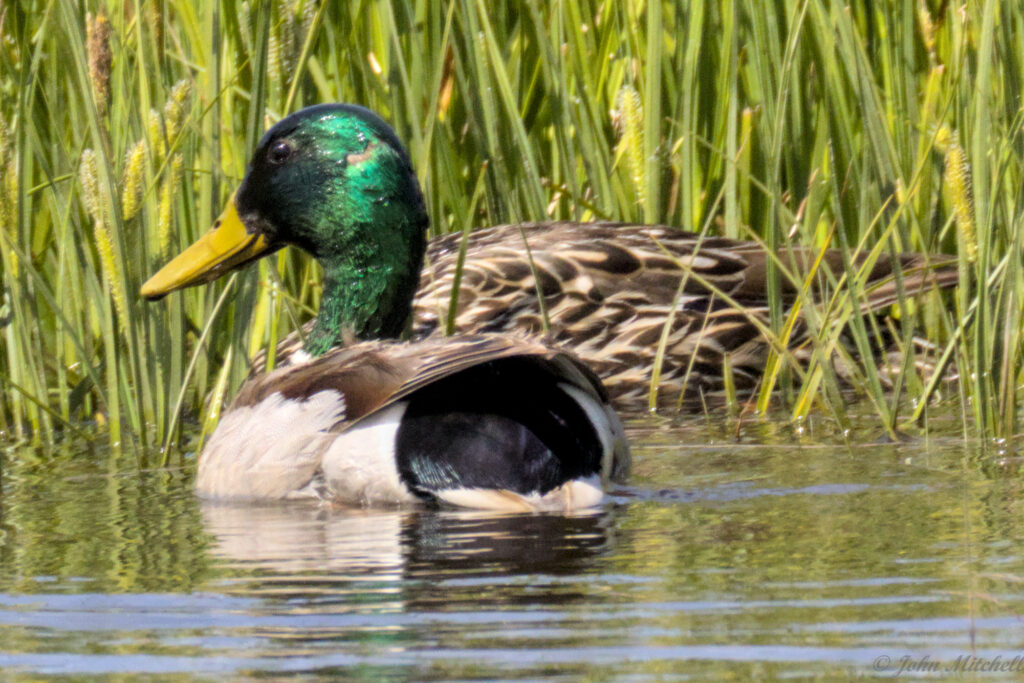
At this point, we decided to check on the wolves. The same dark spot was on the hill and the heat shimmer was so bad that you could barely see anything. John tried taking a long range picture of the Bison that either did not focus or was impacted by haze and heat shimmer.
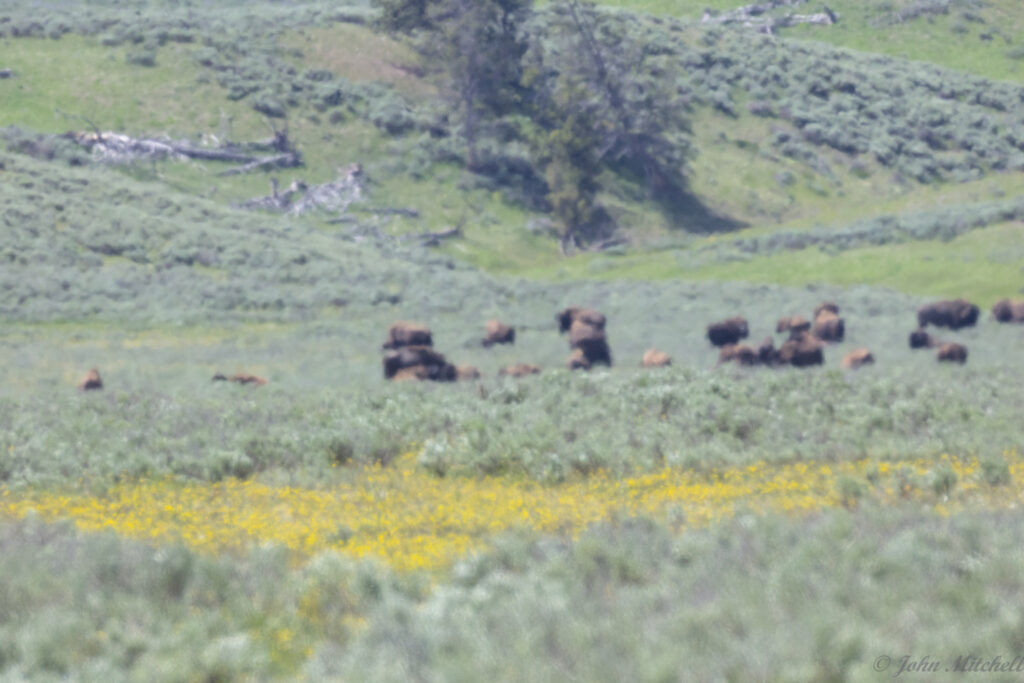
John took almost 150 pictures in this test, and only about 5 turned out acceptable. That is not a good keep rate; he is used to closer to a 50% acceptable rate. The examples above were the close to focused cases. There were also cases where the image was completely out of focus.
At least, the videos seem reasonable. This might be due to the lower resolution and motion blur
It might take more time than expected to learn to use the camera well. It is more different from the DSLR camera than we anticipated.
